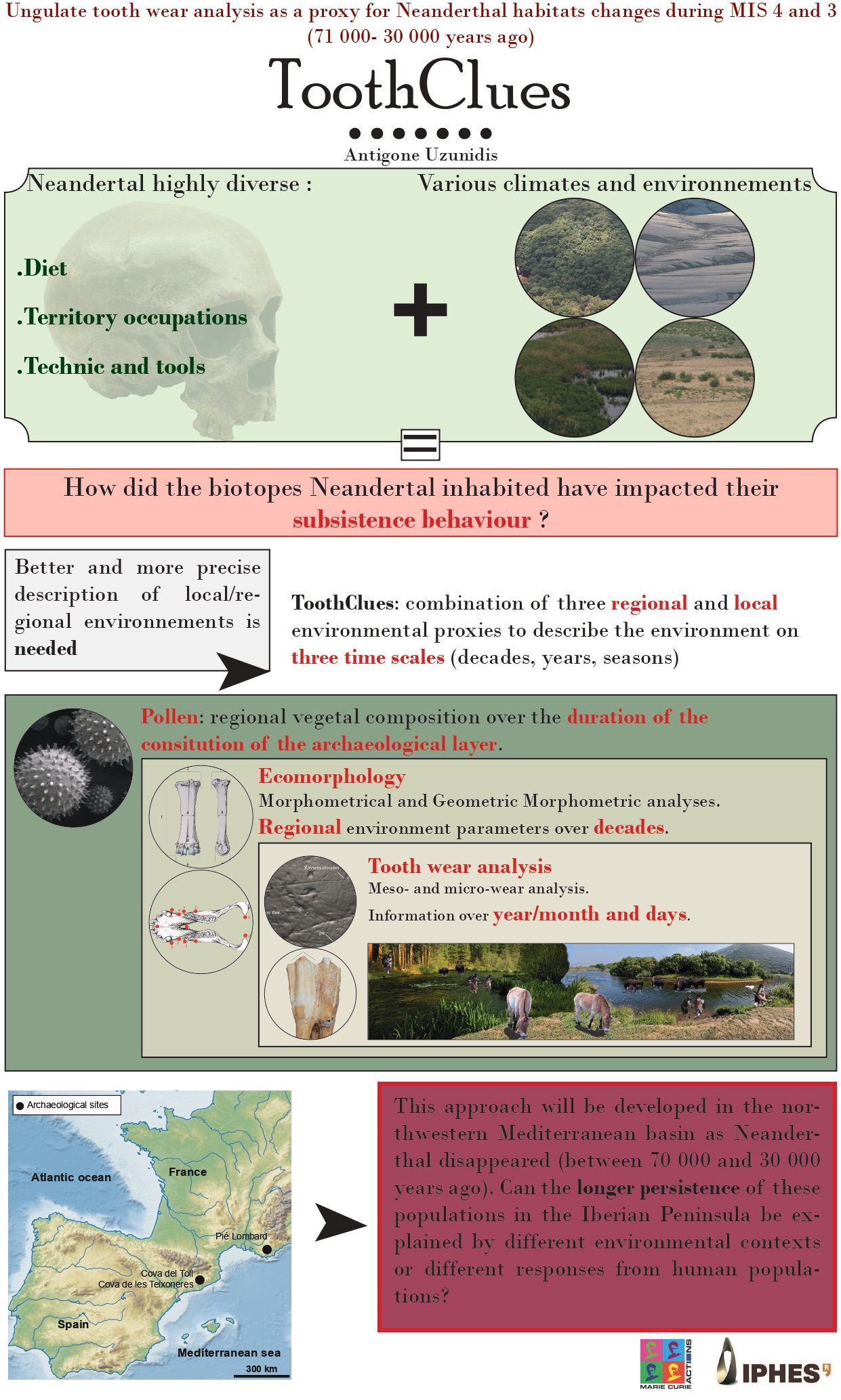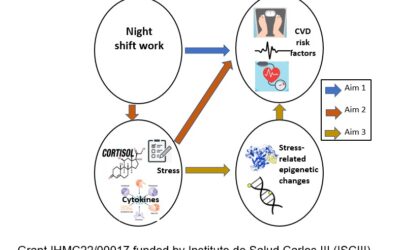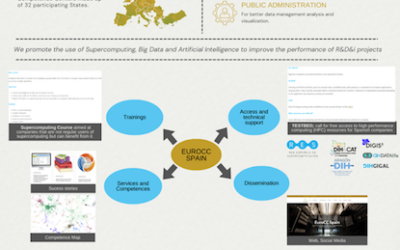Nom i cognoms / Name and surname
Antigone Uzunidis
Afiliació / Affiliation
Institut Català de Paleoecologia Humana i Evolució Social (IPHES)
Programa de finançament europeu en que s’enmarca aquest projecte? / European funding programme in which this project is being carried out?
Marie Skłodowska-Curie Schemes
Títol del projecte / Project title
Ungulate tooth wear analysis as a proxy for Neanderthal habitats changes during MIS 4 and 3
Número del projecte / Project number
101024230
Breu explicació del projecte / Brief explanation of your project
During their evolution, human species have faced various environments and climates ranging from temperate forests to icy tundras. These conditions have constrained their anatomical, technical and cultural adaptations. It is nevertheless difficult to study the implications of an environmental context on human groups, as it is so complex to describe with precision a past local environment. Several approaches tackle these questions but they are still rarely combined. The integration of different methods would greatly improve their resolution.
Toothclues is a multi-disciplinary and innovative project which aims, for the first time, to compare and combine herbivore paleodiet, ecomorphometry and paleobotanical data. We will obtain a clear picture of the environment where Neanderthal groups lived and evaluate the interactions between them and their biotope in three temporal scales. This study will focus on the North-western part of the Mediterranean basin (France and Spain) from 71 000 to 30 000 years ago in order to evaluate Neanderthal adaptations to the climatic instability. We selected three archaeological sites in which both faunal and botanical elements were available in situ and well preserved. This study requests several areas of expertise and tools to be conducted. First, dental wear analysis, i.e. the study of the microscopic marks left by the food they ate, will be used characterize the diet of the ungulates. Then, the bones of will be studied through morphological and metric analyses to establish anatomical adaptation to their environment. Finally, pollen data, i.e. the vegetation present around the sites, will be compiled and combined with the faunal proxies through statistical analysis. The development of a new method to combine three proxies which refer to various geographical (local/regional) and time (decades/years/season) scales will bring new information about paleoenvironmental features for the North-western part of the Mediterranean basin between 71 000 and 30 000 years ago with a great precision. Ultimately, ToothClues aim to understand the interaction between environment, preys and humans in order to evaluate the adaptability and resilience of Neanderthal societies.
Enllaç a la pàgina web del projecte / Link to your project website
–
Repte en que s’emmarca aquest projecte / Challenge within the framework of this project
Does not apply
















